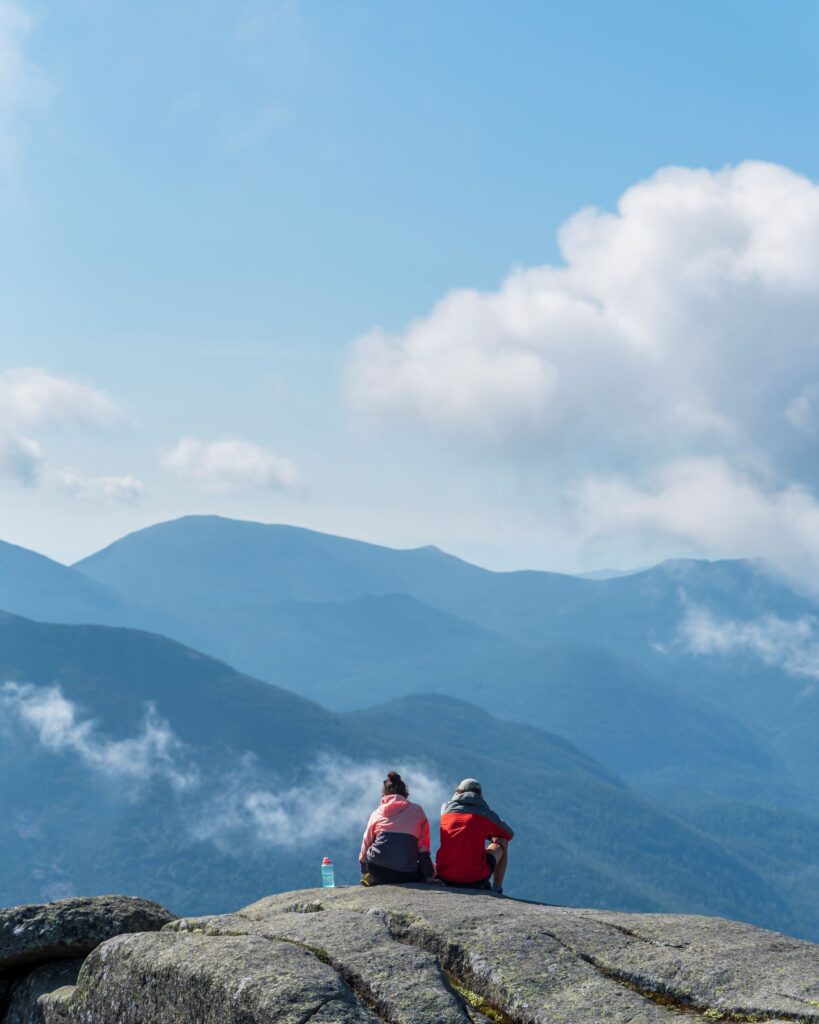Too Hot to Handle?
Too Hot to Handle?
By Tom Welch, M.D.
I write this column as we end one of the warmest summers in memory. All indications are that this sorry trend is going to continue. As the climate warms, heat injuries become increasingly important, and not only for hikers and paddlers. Any season of the year is now a good time to discuss such injuries in outdoor enthusiasts as we plan ahead for next summer’s weather.
As with any health issue, we need to begin by understanding some science. The countless metabolic functions that make human life possible all require a fairly narrow range of temperature to operate optimally. For this reason, evolution has equipped our bodies with many mechanisms for cooling (for example, sweating) and warming (shivering). Cold illnesses (hypothermia) occur when the warming mechanisms are overstressed, while heat illnesses (heat exhaustion and heat stroke) result from failure of the cooling mechanisms.
As we exercise in a hot environment, we begin to sweat. Since evaporation results in cooling, the evaporation of sweat from our skin has a cooling effect, especially if low humidity or a breeze facilitate evaporation. Blood flow to the skin increases, further facilitating the removal of heat from the body. If the ambient temperature and humidity are high, these mechanisms are compromised and less efficient.

Heat exhaustion develops when the body’s attempts at compensation for heat stress begin to fail, often precipitated by dehydration related to sweating and loss of fluid in breath. The symptoms of heat exhaustion range from mild fatigue and lightheadedness to severe headache, weakness, and fainting. The patient with heat exhaustion will typically feel cold and clammy because of intact sweating; body temperature is normal or only slightly elevated. He or she is likely to be very thirsty.
Field treatment of heat exhaustion is relatively simple, and based on the underlying physiology. Exertion needs to stop, which means sitting in a shady spot and taking off the pack. The need is for both salt and water. Oral rehydration solutions (mixtures of water with optimal mineral and glucose content) are available, but not typically carried on wilderness treks. My suggestion is water alternated with salty snacks such as peanuts. Using water alone for heat illness risks the development of low body sodium (hyponatremia), a potentially fatal affliction I discussed in my November-December 2020 column. More severe cases may require hospitalization for intravenous fluid replacement.
Heat exhaustion occurs on a spectrum, and most cases are relatively minor. I suspect that many readers of this column have “survived” mild heat exhaustion with no treatment other than rest and drinking.
Heat stroke is an entirely different matter. In patients with heat stroke, there has been a complete breakdown of the body’s cooling mechanisms. This results in severe elevations in temperature, with consequent failure of many body systems. Victims of heat stroke are hot and dry (because sweating is no longer operative), with extremely elevated body temperatures. They are likely to be delirious or unconscious, and the condition may progress into cardiorespiratory, liver, and kidney failure.
True heat stroke in the wilderness is most unlikely, and meaningful survival would be impossible. Treatment in even the most high-tech setting is complex; in austere environments, external cooling with copious amounts of water, immersion if feasible, and attention to the “ABCs” of resuscitation are about all that can be done pending evacuation.
Although progression from heat exhaustion to heat stroke may occur, it is unusual; most heat stroke occurs in very specific contexts. Endurance athletes, military recruits, and similar folks undertaking strenuous exercise (which generates body heat) in hot weather (which compromises dissipation of heat) are at great risk. Elderly or disabled individuals living in very hot environments and unable to maintain hydration and other self-care activities are a second risk group. Sadly, we can expect more of the latter as climate change progresses.
Further information on heat illness is available in the clinical practice guidelines of the Wilderness Medicine Society.
Tom Welch, MD, is a physician at Upstate Medical University in Syracuse and an active member of the Wilderness Medical Society. He is a licensed professional guide and a certifying instructor for the Wilderness Education Association, and has guided groups in the Adirondacks, Montana, and Alaska. More information is available at his website and blog.
Related
ADK Trip Planning Sessions
Need help planning your backcountry adventure? Schedule a personal, online session with an ADK staff […]
Benefits of Visitor Use Management
Since the creation of some of the first parks and protected areas in the United […]
Mud Season: Quick Facts
Just what is mud season? Running anytime from late March into mid-June—it varies each year […]
Spring on the NPT
by Jeffrey Case In the Spring a fuller crimson comes upon the robin’s breast; In the […]

